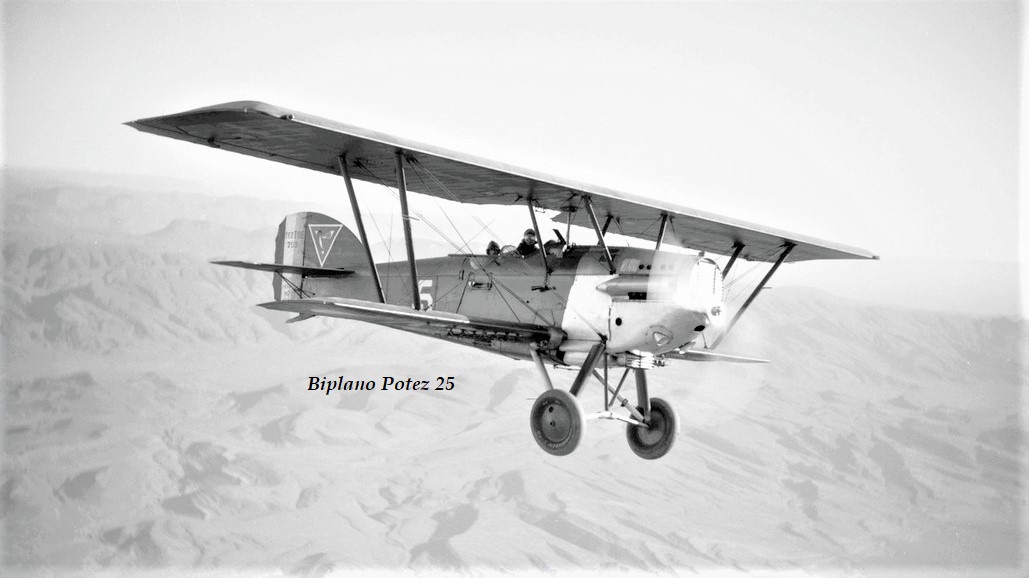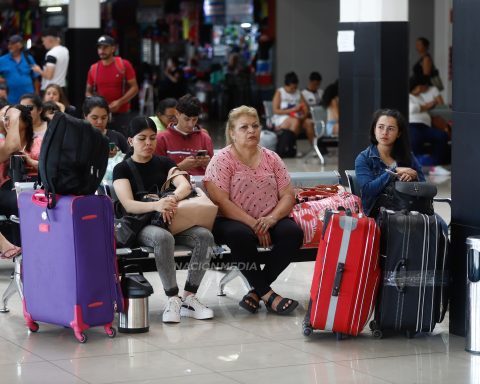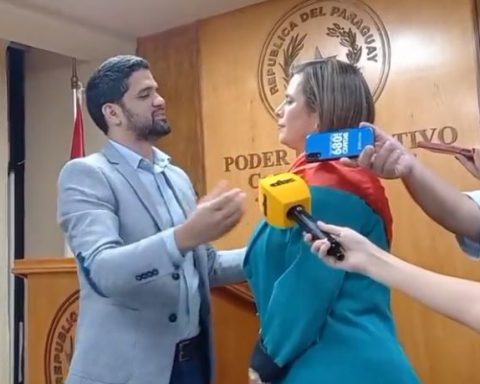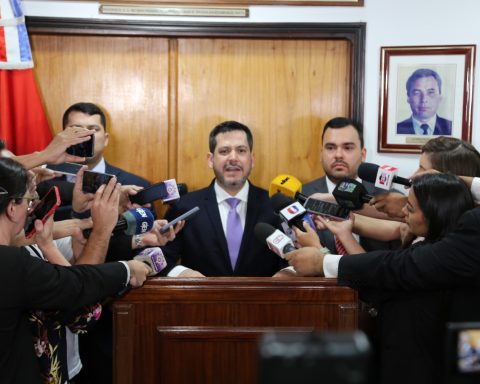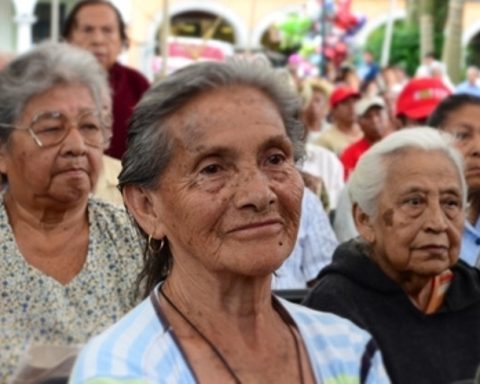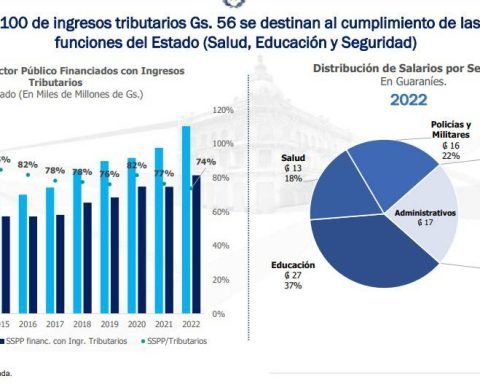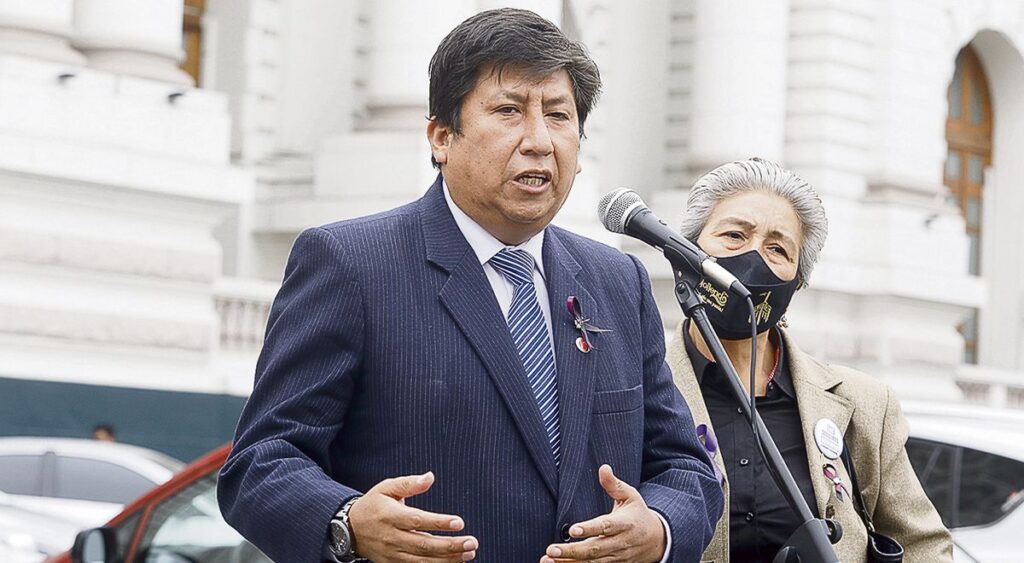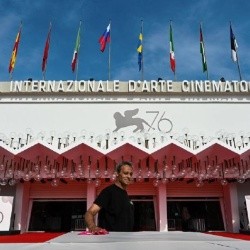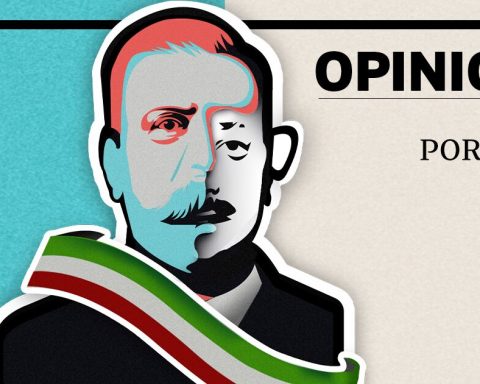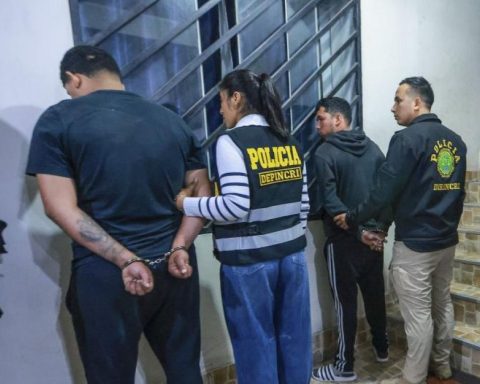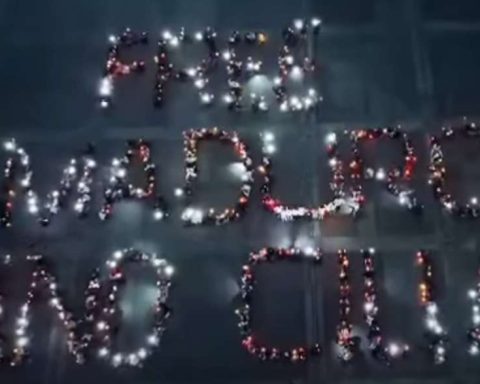By Christian Nielsen
On September 7, 1940, President José Félix Estigarribia and his wife Julia Miranda Cueto began a short flight that would take them to San Bernardino for a weekend trip. They were aboard a Potez 25 plane piloted by Captain Carmelo Peralta. The machine was designed for only two occupants and its use involved hunting, tactical bombing and reconnaissance missions. Its engine of almost 500 HP allowed it to reach speeds of up to 230 kilometers per hour and since it did not carry weapons, its power allowed a third passenger.
The machine would never make it to San Bernardino. In a place near Altos, it fell to the ground, killing its three occupants. Until today, Estigarribia is the only President of the Republic of Paraguay who died in a plane crash, although the investigators never gave up the conspiracy theory of a possible attack that was never confirmed.
Events of this magnitude are known throughout the entire Ibero-American continent. Some of them are quite close to the assassination thesis, with its nuances and its speculations. Although there was also an incident that bordered on the sainete with a happy ending.
RENE BARRIENTOS
In 1966, René Barrientos Ortuño assumed the presidency of Bolivia after winning the elections with 67% of the votes. He made a government inclined towards the peasant farmers and faced the powerful mining unions. Barrientos had to neutralize the guerrilla of Ernesto “Che” Guevara, who tried to revolt the peasants against the constitutional order. These, instead of supporting the right arm of Fidel Castro, chose to support Barrientos. Guevara was captured and shot in October 1967.
Barrientos was nicknamed “the general of the people” and he dedicated himself almost entirely to exploring the rugged geography of his country, dotted with cities and towns embedded between mountain ranges and valleys surrounded by high peaks. For this task, the president used a three-seater H-23 Hiller helicopter, whose dragonfly silhouette gave it an extremely fragile appearance.
On April 27, 1969, Barrientos boarded in Cochabamba his aircraft nicknamed “Holofernes”, a name inspired by the most famous general of King Nebuchadnezzar of Assyria. Minutes later and while it was maneuvering towards its next destination, the helicopter entangled its blades in telephone cables, crashing to the ground and killing the president, his assistant and the pilot. In the midst of endless rumors of instability and palace intrigues, Barrientos’s death never left the cone of shadows of an alleged assassination.
Jaime Roldós
Of old Guayaquil stock, Ecuadorian President Jaime Roldós Aguilera came to office in 1979, ending more than a decade of serious institutional instability. But he was barely able to govern for 21 months and a few days, since the plane in which he was traveling with his wife and some of his collaborators crashed, killing them all.
Roldós had a solid university education, having also stood out for his successful militancy as a student leader. Easy-talking and captivating, he could overturn any debate, a quality that served him well in his short political career. When he died, he was just 40 years old.
On Sunday May 24, 1981, Roldós, his wife Martha Bucaram and their companions boarded the twin-engine Beechcraft King Air with which they intended to reach the border city of Macará. There, Roldós was supposed to preside over the decoration ceremony for the combatants who participated in the so-called Paquisha war, a series of armed incidents sustained with Peruvian troops as a result of an unresolved border conflict.
On the way to his destination, the Huayrapungo hill, 3,500 meters high and permanently enveloped in dense fog, stood in the way. The Beechcraft hit the massif, igniting instantly. Only the bodies of Roldós and his wife Martha were found practically intact and recognizable. The other occupants of the damaged plane had disintegrated. Articles written after the tragedy, including a short documentary, insist that Roldós was assassinated by order of the CIA in complicity with the Argentine military dictatorship. None of this, however, could be proven.
fright flower
Another air incident that miraculously did not end in tragedy was carried out by Argentine President Agustín P. Justo in 1933, during what is known as “the infamous decade” that began with the overthrow of Bernardo de Yrigoyen in 1930, characterized by corruption. and the validity of de facto governments.
Determined to participate in a celebratory act in Tucumán, President Justo boarded a Junker plane in Córdoba that the German company that manufactured it had offered him for the trip. It was piloted by an experienced pilot of German nationality. He had just placed himself in the back seat after putting on the parachute and tying himself to the seat belt.
The ride was anything but serene. The biplane lurched the entire way, lurching and pitching like a runaway horse. But finally, and not without suffering, the plane landed shortly after noon in San Miguel de Tucumán.
After freeing himself from his harness, the Junker pilot turned his head to ask his presidential passenger how he was after such a dance… but found the seat empty. It just wasn’t. What had happened?
Concentrating 100% of his abilities to control the plane in the midst of the turbulence, the pilot did not notice that one of those corcovos had ejected the president from his seat, after breaking the tie of the belt. Justo fell into the void and the parachute was able to open with which he reached the ground safe and sound. As the flight had followed the path of the railway, the president was rescued by a cargo that was passing by the place of the forced landing.
And so, the 23rd Argentine president was saved from joining the list of Latin American leaders killed in plane crashes, and from contributing to enriching the bulky file of conspiracy theories.
